General Info – summary
This Tree, with its relatively watery latex and smooth trunk, is up to 15m high. Simple, alternate and ovate to roughly triangular Leaves have serrated margins. The distinctively thin petiole is up to 10cm long. The very small monoecious, unisexual greenish-yellow Flowers develop in spikes or raceme. The female flowers occur at the base of the spikes. The 3-lobed Fruit is a woody, globose capsule with inedible seeds.
Description
Croton megalobotrys
Previous Names: Croton gubouga.
SA Tree No. 329.
Common names: (Afr) Groot-Koorsbessie, koorsbessie, Koorsboom. (Eng) Fever-berry, Fever-berry croton, Fever Bark, Fever Bark Tree, Large Fever-berry, Lowveld Croton. (Northern Sotho) Motsibi. (Setswana) Moêpê, Mosôôlê, Motsêbê, Phukutsa. (Tshivenda) Muruthu. (Xitsonga) Xunguxungu.
Conservation: National Status: L C. (Least Concern). Assessed: 2005 (R.H. Archer and J.E. Victor).
Family Euphorbiaceae (Spurge family) e.g., the well-known exotic poinsettia – Euphorbia pulcherrima) with its normally bright red colour due to bracts, not perianth parts (calyx and corolla). This family has many herbs, and in the tropics, shrubs and trees, including succulents and climbers, are more common. Apart from Antarctica, members of this family are present in all continents. Trees are up to 15m high and the trunk may reach 46cm wide. Spines are paired or absent. Latex/watery sap is present. Genera on this web site include Croton, Euphorbia and Spirostachys. Leaves may be largish, absent or reduced, and may fall early. When present most leaves are simple e.g., Spirostachus. When compound, the leaves are always palmate (hand-like: compound with leaflets arising from one point). Leaf shape varies from ovate to lanceolate. Leaf arrangement is in spirals, opposite or alternate. Stipules may be spinescent e.g., Euphorbia sp. or may be lost early e.g., Spirostachus. At the leaf base, the veins are single (midrib) or are 3-5 veined e.g., Macaranga. Domatia may occur e.g., in Alchornea. Leaves may smell of almonds if crushed e.g., Croton sp. When leaves are present the margins are usually irregularly serrated. Petioles may be swollen at 1 or both ends. Two glands often occur at each leaf base e.g., Spirostachys. In some Euphorbiaceae plants, CAM (Crassulacean acid metabolism) photosynthesis can occur. Here stomata only open at night to reduce water loss. Inflorescences develop terminally or in leaf axils. Most flowers are insect pollinated. Plants may be monoecious (male & female on the same plant) or dioecious (male and female parts on separate plants). The unisexual Flowers are Actinomorphic (Regular, symmetrical). They may lack a calyx or a perianth (calyx and corolla). No members of this family have been proved to be effective against any disease. Generally, plants in this family contain a large amount Phytotoxins (toxic substances produced by plants).
Name derivation: Croton resembling ticks – referring to the seeds of some species. megalobotrys – large cluster / big bunches – referring to the flower head. There are about 11 species of the genus Croton in southern Africa.
Conservation: National Status: L C. (Least Concern). Assessed: 2005 (R.H. Archer and J.E. Victor).
Tree
This Tree has watery latex is present may be densely leafy and up to 15m+ high, but is usually smaller. It has a dense rounded crown. It may also be a large, soft bush. The pale grey Trunk (is up to 60cm wide) with relatively smooth Bark (photo 852) and becomes fissured with age. Young smooth branches are hairy, tend to droop and may have visible raised whitish lenticels (are usually raised corky oval or elongated areas on the plant that allow the uncontrolled interchange of gases with the environment. In photo 852E) they are visible in vertical lines. Young branches have short-lived hairy scales.
- 852. 2014/09/15. Lowveld NBG. Photo: David Becking.
- 852E Enlarged. 2014/09/15 Lowveld NBG. Photo: David Becking.
Leaves
The simple, alternate and ovate to roughly triangular Leaves can range from less than 3cm up to 20cm long and 2 to 13cm wide. They are not significantly bicoloured, being dark green above and slightly lighter below. Silvery green stellate hairs occur – more on the lower, slightly rough surface. On the lighter upper surface, the hairs tend to diminish with time. The Apex is attenuate (showing a long gradual taper – photo 853) of the apex in this case. A slender drip-tip may form. The Base is the widest part of the leaf. It is slightly rounded to cordate (heart shaped) or square. On the Petiole (leaf stalk), close to the leaf base, are two mushroom-shaped glands – one on each side. Between 3 and 7 side veins arise from the base (photo 853RR) and 3 to 5 pairs of lateral veins are present. On the lower side of the base are 2 wing-shaped glands next to the Petiole. The rough serrations on the Margin are irregular and point slightly forwards. The slender, hairy and the velvety petiole is long – up to 10,5cm (photo 853). The 1 or 2 hairy Stipules (basal appendages of the petiole) are initially present but soon fall.
- 853. 2014/09/15. Lowveld NBG. Photo: David Becking.
- 853RR. 2014/09/15 Lowveld NBG. Photo: David Becking.
Flowers
The small, white to pale greenish-yellow individual Flowers are about 7mm wide. They are contained at the ends of twigs in Spikes (simple indeterminate inflorescence with sessile flowers on a single unbranched axis opening in succession towards the apex) or Racemes (simple, unbranched, indeterminate inflorescence with stalked pedicels (the single stalks of each flower) – up to 5mm long. Along the axis the flowers open in succession towards the apex. The racemes may reach 17cm long. Flowers lack petals. Plants are monoecious (having both male and female reproductive organs on the same plant). 5+ stamens are present. The 3mm long Filaments (the usually long slender stalk that supports each anther) are inflexed in the bud but straighten in the mature flower. There is no Ovary present. The Female flowers are located at the base of the inflorescence. The slightly accrescent (continuing to grow after flowering) calyx is smaller than in the male flowers. The hypogynous (superior) Ovary has a single Ovule in each locule (cavity within an organ – here the ovary). 15-20 stamens are present. The 3mm long Filaments (the usually long slender stalk that supports each anther) are inflexed in the bud but straighten in the mature flower. (Sep-Dec).
Fruit
Whitish woolly hairs only initially cover the almost spherical, initially light green Fruit that is an obscurely 3-lobed, up to 4cm wide, woody Capsule (a dry fruit resulting from the maturing of a compound ovary, which usually opens at maturity by one or more lines of dehiscence). The large green 3-lobed fruit is about 4cm wide and ripens, becoming orange to golden-brown. The Calyx is slightly accrescent (continues to grow after the corolla has fallen). The capsule is initially slightly hairy and is perched on a small Pedicel (stalk). The mature Fruit is a yellowish-brown and contains brown and white-spotted seeds. The pedicel length doubles in fruit from 0,5 to 1cm. Seeds are smooth, triangular-convex in transverse section and carunculate (have a fleshy outgrowth of the seed near the micropyle). The micropyle is a small opening in the surface of an ovule, through which the pollen tube penetrates.
Distribution & Ecology
These semi-deciduous Trees are found in Limpopo, Mpumalanga e.g., near the confluence of the Limpopo and Pafuri rivers and also in the Letaba rest camp in the Kruger National Park. Beyond South Africa they can be seen in Eswatini (Swaziland), northern Namibia, Botswana (common in the Okavango Swamp), Zimbabwe – near Victoria Falls, central and southern Mozambique, Angola, Zambia, Malawi and Tanzania. It is usually a riverine tree or found in alluvial flat areas and fringes of swamps. It may occur in dense stands at low to medium altitudes (150 – 1 100m). Herbivores, especially Elephants eat the leaves, bark, roots and branches. Leaves are also consumed by black rhino and kudu. Ten of the 11 Southern African species of Croton occur in South Africa
Ethnobotany
The low density, light coloured Wood is soft, white and generally useful. Golden yellow oil, extracted from the Seeds is used in soap making. Bark and seeds were once used to treat malaria. Today they are locally used medicinally and as a fish poison. Tests at the University of Botswana indicated that extracts from bark produced a significant suppressive anti-plasmodial (anti-malaria) effect. Fruit is used as a biofuel (fuel produced by current biological processes) and causes less exhaust emissions than diesel. Birds or other animals do not eat the Seeds. However, birds are attracted to the flowers. Propagation is buy seeds – soaked overnight prior to planting in a moist sand tray. After about a month the new plants will emerge and these should be transplanted when they reach 10cm high. Growth is usually in excess of 1m per year.
References
Archer, R.H. & Victor, J.E. 2005. Croton megalobotrys Müll.Arg. National Assessment: Red List of South African Plants version. Accessed on 2024/08/01.
Burrows, J.E., Burrows, S.M., Lotter, M.C. & Schmidt, E. 2018. Trees and Shrubs Mozambique. Publishing Print Matters (Pty) Ltd. Noordhoek, Cape Town.
Coates Palgrave, M. 2002. Keith Coates Palgrave Trees of Southern Africa, edn 3. Struik, Cape Town.
Lawrence, G. H. M, 1951. Taxonomy of Vascular Plants. The Macmillan Company, New York. Tenth Printing 1965.
Palmer, E. & Pitman, N. 1972. Trees of southern Africa. Balkema, Amsterdam, Cape Town.
Schmidt, S. Lotter, M. & McCleland, W. 2002. Trees and Shrubs of Mpumalanga and the Kruger National Park. Jacana, Johannesburg.
van Wyk, B. & van Wyk, P. 1997 Field guide to Trees of Southern Africa. Struik, Cape Town.
Benjamin Festus. Kirstenbosch National Botanical Garden. December 2018.
http://www.zimbabweflora.co.zw/speciesdata/species.php?species_id=134790
http://www.ispotnature.org/species-dictionaries/sanbi/Croton%20megalobotrys
http://eol.org/pages/1146908/overview
http://www.biodiversityexplorer.org/plants/euphorbiaceae/croton_megalobotrys.htm
http://www.sciencedirect.com/science/article/pii/S0378874116303981 :contains an extract from an article in the Journal of Ethnopharmacology Volume 191, 15 September 2016, Pages 331-340.
http://posa.sanbi.org/flora/browse.php?src=SP

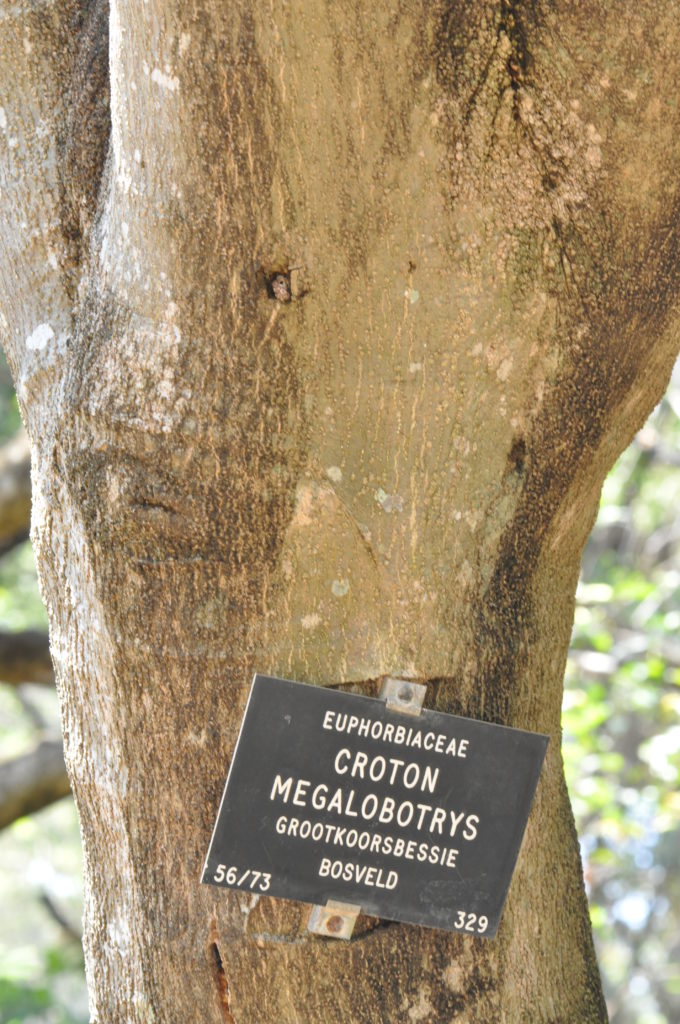
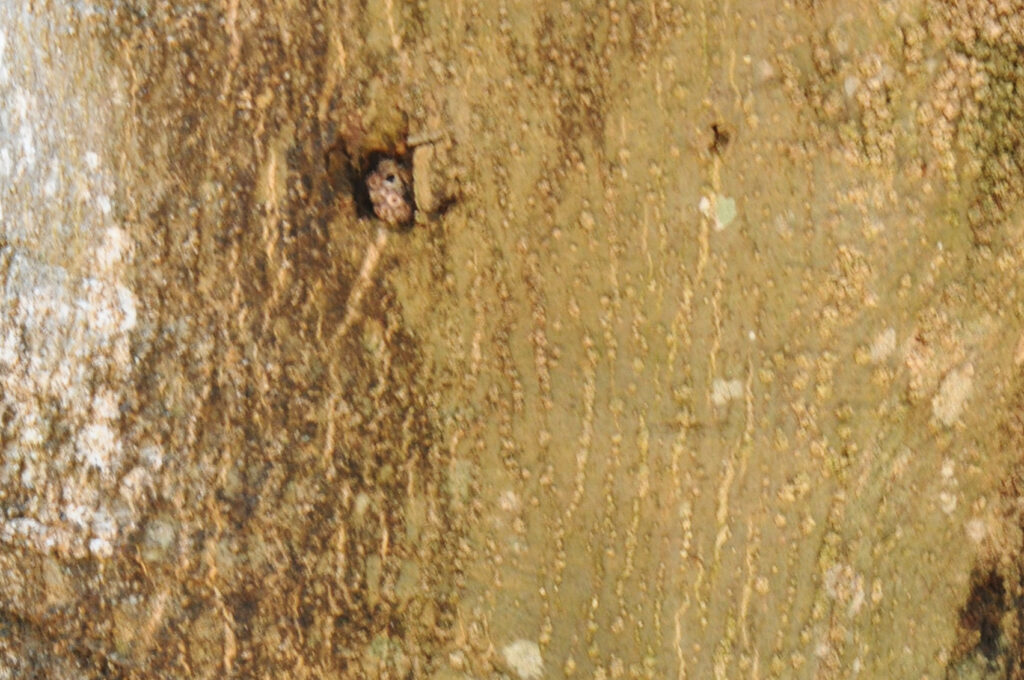
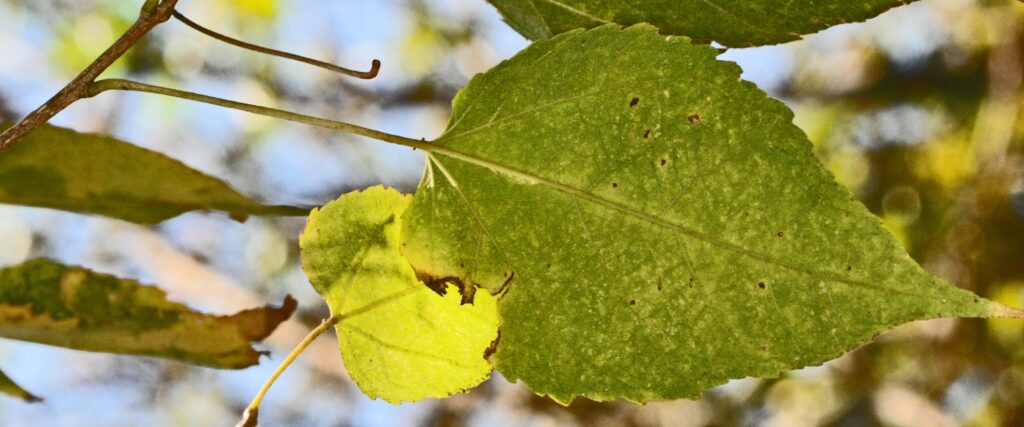
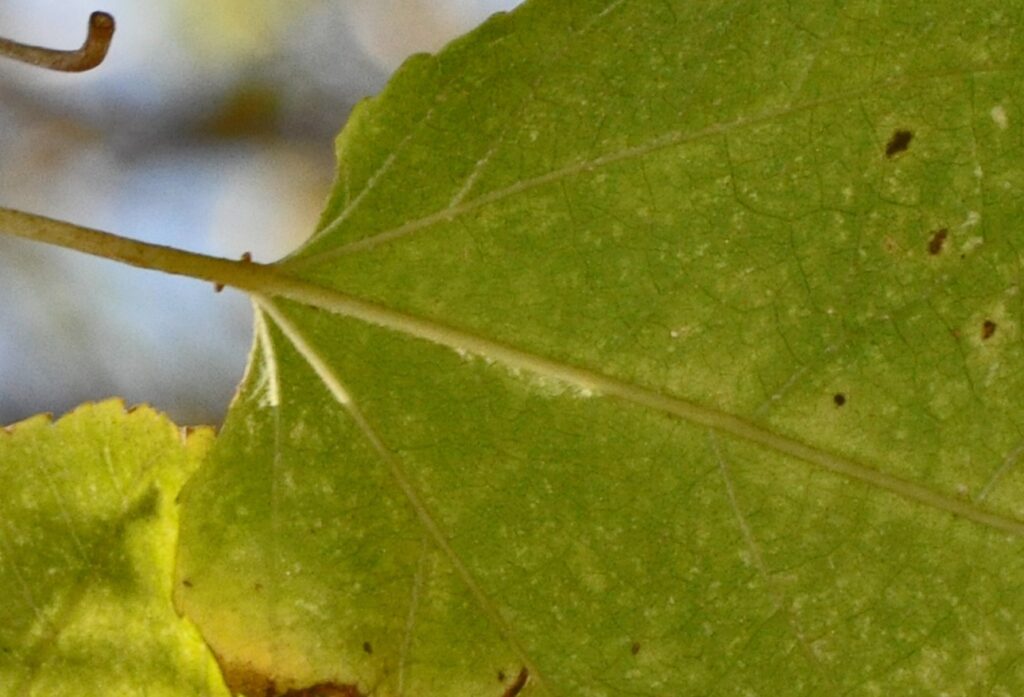
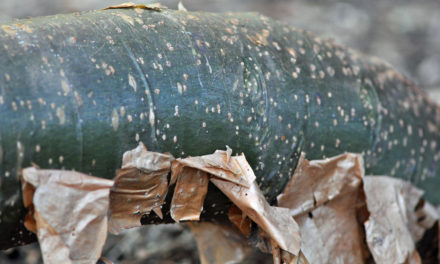
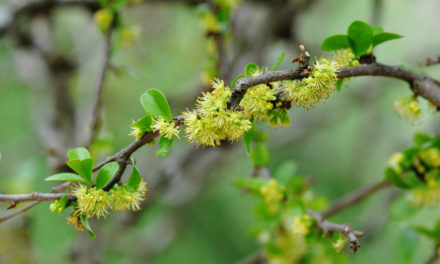
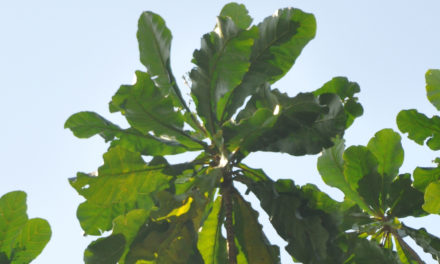
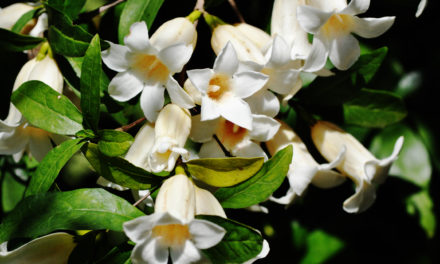
I want the seed for planting.pls how can i buy it
Greetings from Johannesburg.
You could try local nurseries. Flowering season ends in December and new seeds will soon appear. You may know where one grows and approach them for help.
Good luck
David Becking.
In the Okavango Panhandle the seeds are eaten by red-eyed doves.
Greetings Nicholas
Thank you for the information. Much appreciated.
Take care and best wishes for 2024!
David Becking